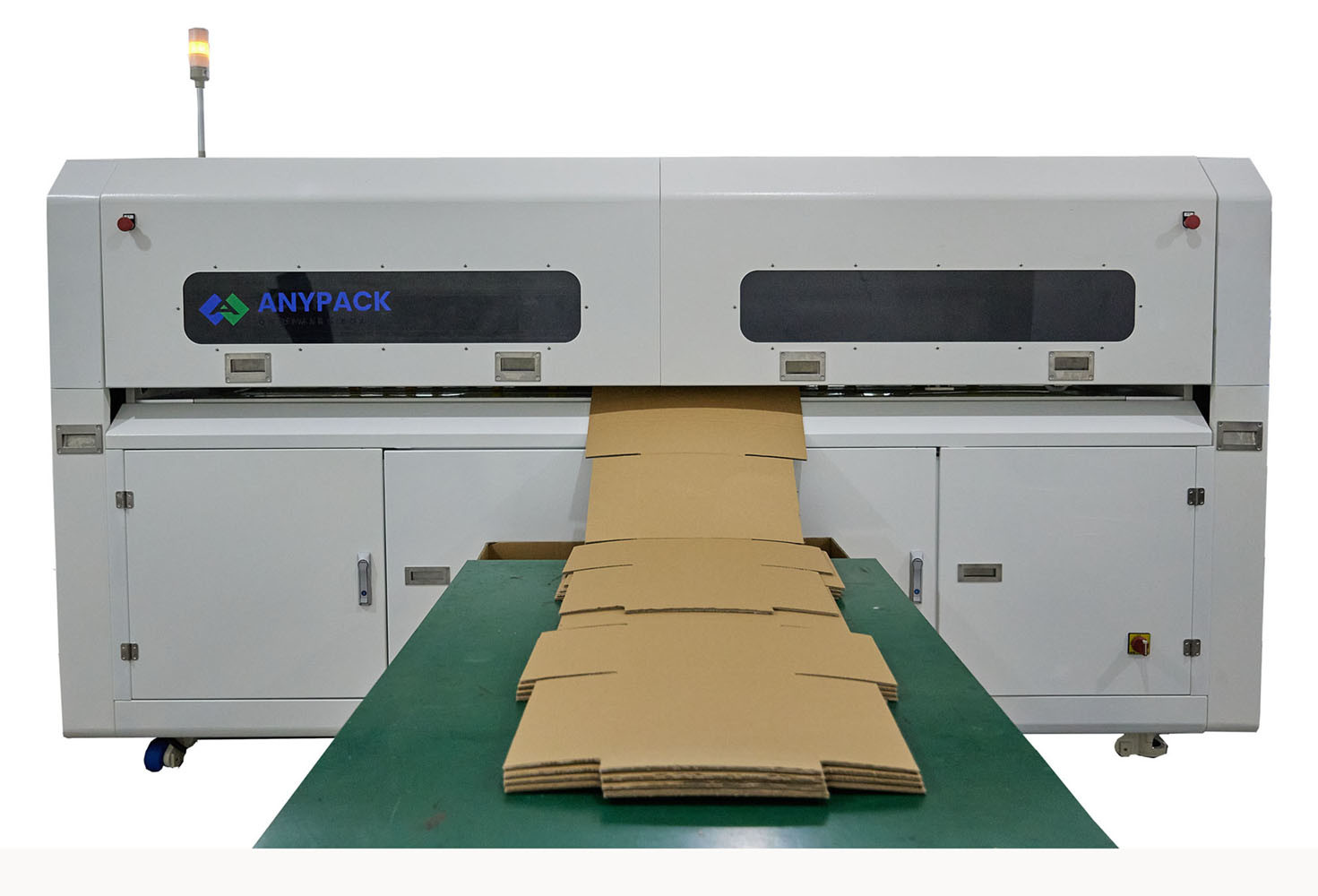In the world of packaging, corrugated boxes stand as silent champions, often overlooked in their role but undeniably essential in safeguarding and presenting products. Beyond their simple appearance lies a sophisticated craftsmanship that goes into creating these unassuming heroes of the packaging industry. In this blog, we delve into the art and science behind Corrugated Box Machine, exploring the intricacies that make them a symbol of excellence in the world of packaging.
The Anatomy of Corrugated Boxes:
Corrugated boxes are made from a combination of three layers – a wavy inner layer (fluting) sandwiched between two flat outer layers (linerboard). This structure provides the boxes with strength, durability, and versatility. The process of manufacturing these boxes involves precision and attention to detail.
- Fluting: The wavy inner layer, known as fluting, is responsible for the box’s strength and resilience. It comes in various profiles, each tailored to specific packaging requirements. The most common types include A, B, C, E, and F flute, each offering unique characteristics suitable for different applications.
- Linerboard: The outer layers, called linerboard, play a crucial role in defining the box’s appearance and providing a smooth surface for printing. Different grades of linerboard are used based on factors such as the intended use, weight-bearing capacity, and printing requirements.
The Manufacturing Process:
Crafting corrugated boxes is a multi-step process that demands precision and expertise.
- Corrugating: The process begins with corrugating the linerboard and fluting together. This is achieved by passing them through corrugating rollers, creating the characteristic waves of the fluting.
- Gluing: The fluted sheet is then glued to one or more flat sheets of linerboard, creating a sturdy and durable composite structure. The type and quality of glue used are crucial to ensuring the strength and integrity of the box.
- Cutting and Folding: Once the corrugated board is formed, it undergoes precision cutting and folding to create the desired box shape. Advanced machinery is employed to ensure accuracy and efficiency in this phase.
Customization and Design:
Corrugated boxes are highly customizable, catering to the diverse needs of various industries. From simple brown boxes to intricately designed, branded packaging, the possibilities are endless. Printing techniques, such as flexography or lithography, can be employed to add logos, product information, and vibrant designs, enhancing the box’s aesthetic appeal and marketing potential.
Sustainability and Eco-Friendly Practices:
In recent years, there has been a growing emphasis on sustainability in packaging. Corrugated boxes, made primarily from renewable resources like paper and cardboard, are inherently eco-friendly. Additionally, advancements in recycling technology have made it easier to reuse and repurpose corrugated materials, aligning with the global push for environmentally conscious practices.
